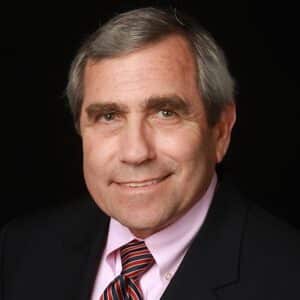The water supply planning horizon is usually long-term driven by the investment and time required for developing new or expanded supplies and facilities. Accounting for non-financial risks and uncertainties plays an increasingly large role – including consideration of long-term weather pattern variations. According to the American Water Works Association, changes to historic hydrologic cycle, source water, and water demand trends affect supply resiliency and sustainability in ways that water suppliers need to consider.

Abnormally-extended regional drought clearly affects both surface and groundwater supplies reducing river flow, reservoir levels, and groundwater recharge from precipitation. Alternatively, more frequent and intense storm events can generate excessive river flow, velocity, and reservoir mixing – producing water quality that a treatment facility may not have been designed to handle. Recently, we’ve assessed pipelines near rivers threatened by slope instability and riverbed scour that have substantially worsened in recent years. Rising sea level can increase groundwater salinity further inland. One water treatment design trend that could be impacted is the move toward higher hydraulic loading rate systems especially for clarification but also filtration.
High-rate systems are more compact offering smaller footprints and lower capital costs when compared with conventional settling basins. The downside is less sensitivity and ability to react to rapidly changing flow rates and water quality. High-rate systems can be far less forgiving, relying more on automatic control and greater monitoring by treatment plant operators. Raw water variability caused by climate change may favor reconsideration of traditional settling basins with significant residence time to increase resilience, sustainability and system reliability.
High-rate systems are more compact offering smaller footprints and lower capital costs when compared with conventional settling basins.
Hoyle Tanner has experience identifying and establishing what communities need to consider with climate change affecting their drinking water. If your community needs assistance assessing the multitude of variables that come with the change in weather patterns, contact me, Senior Technical Engineer, Dave Edson, PE.










